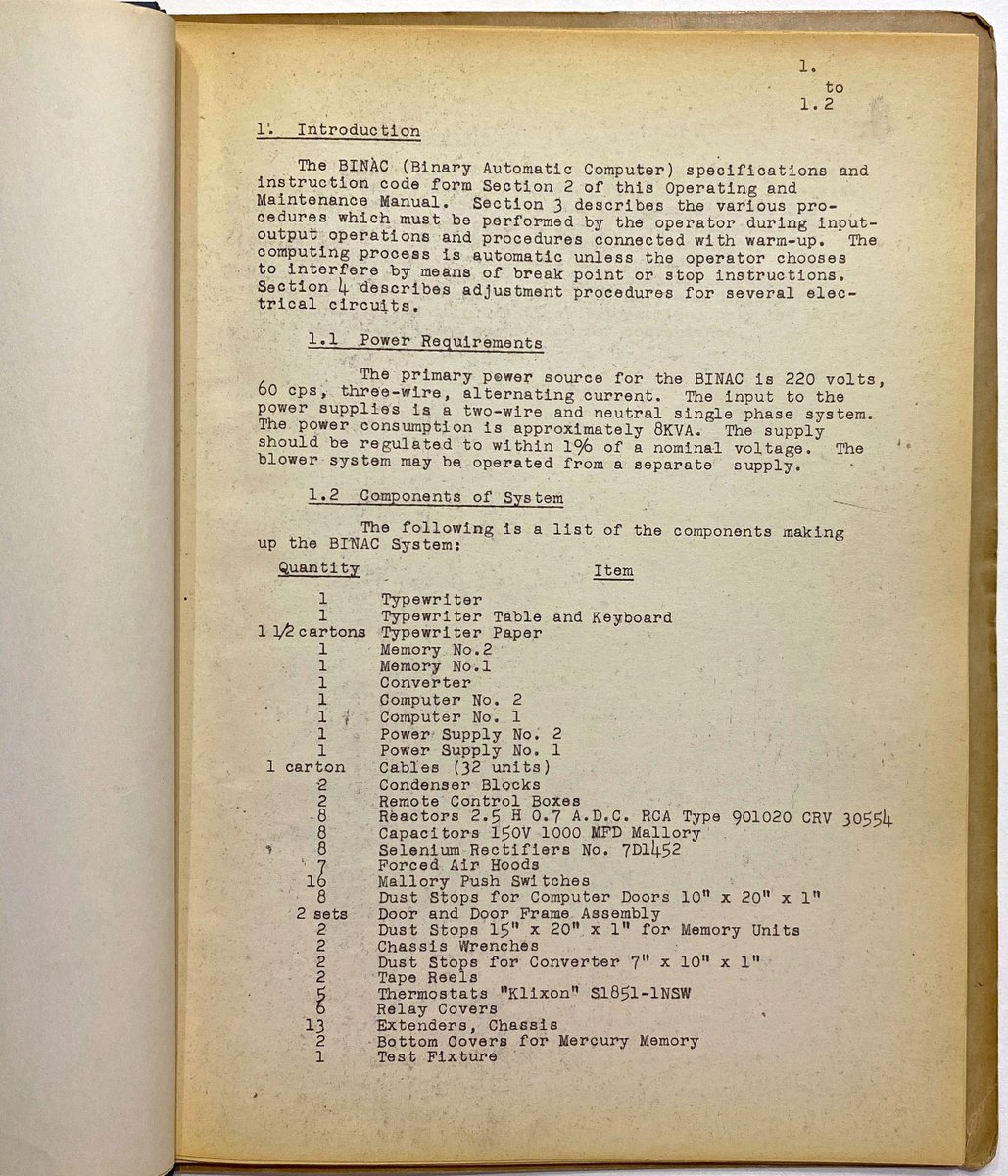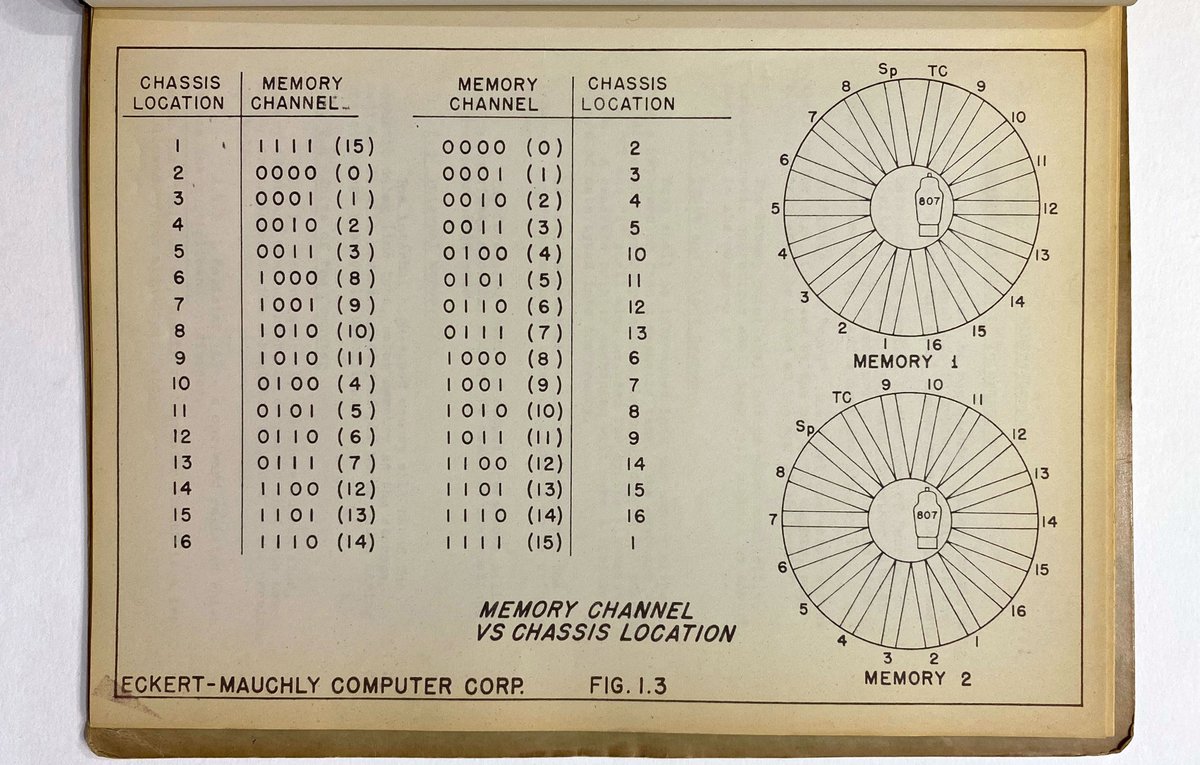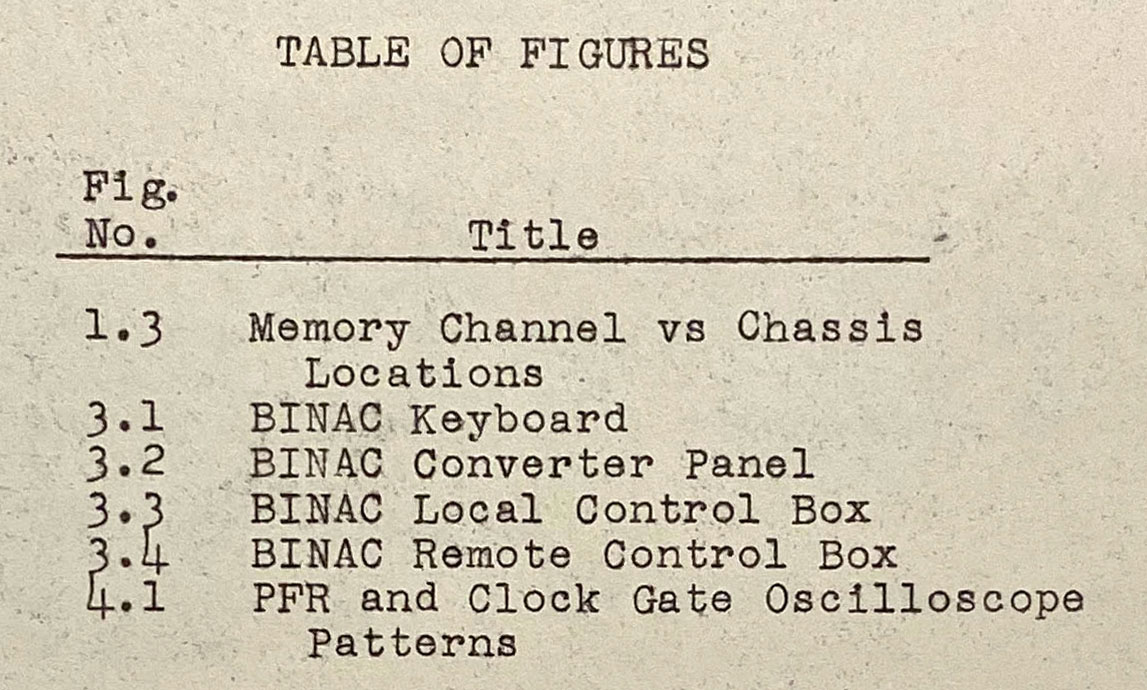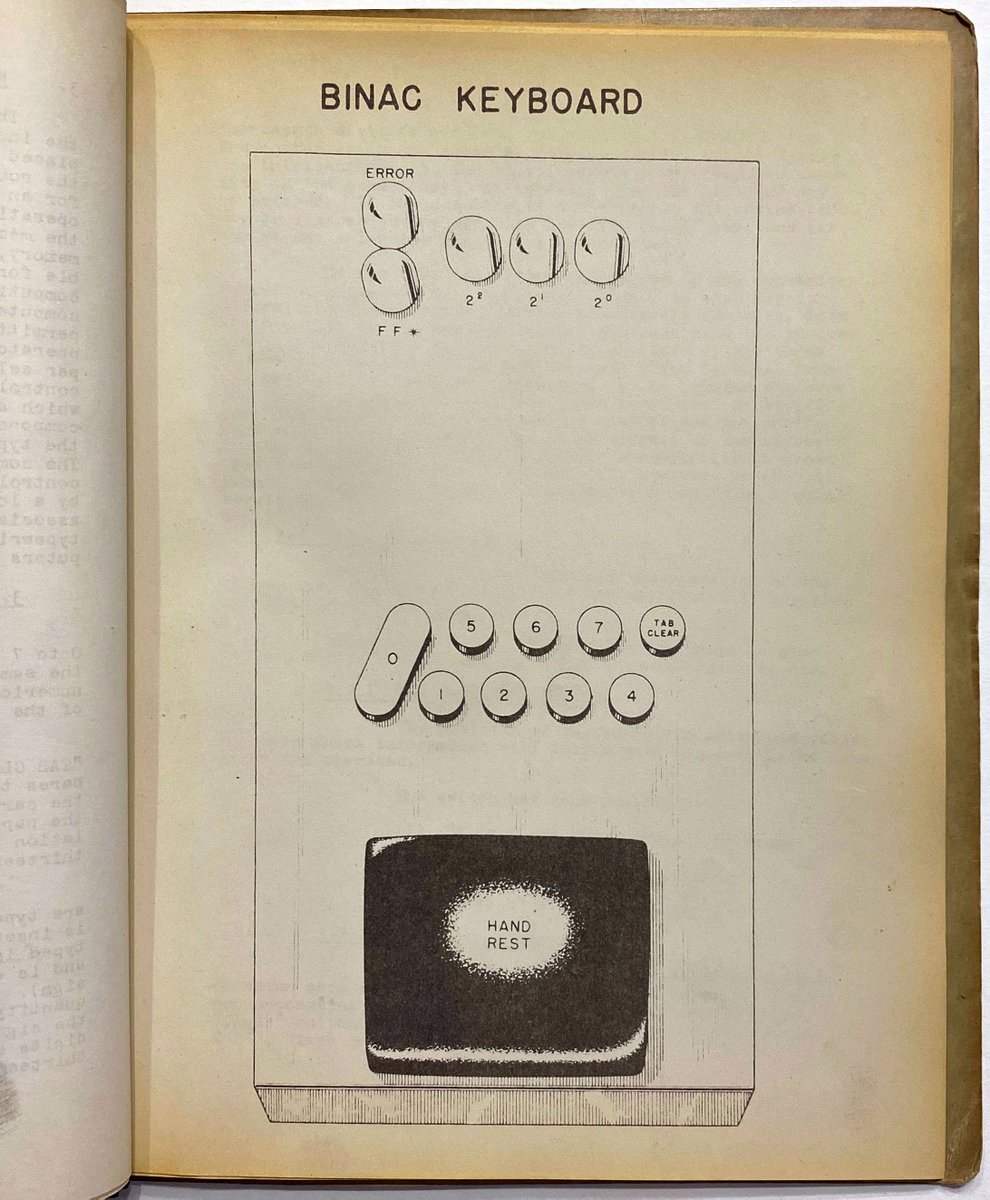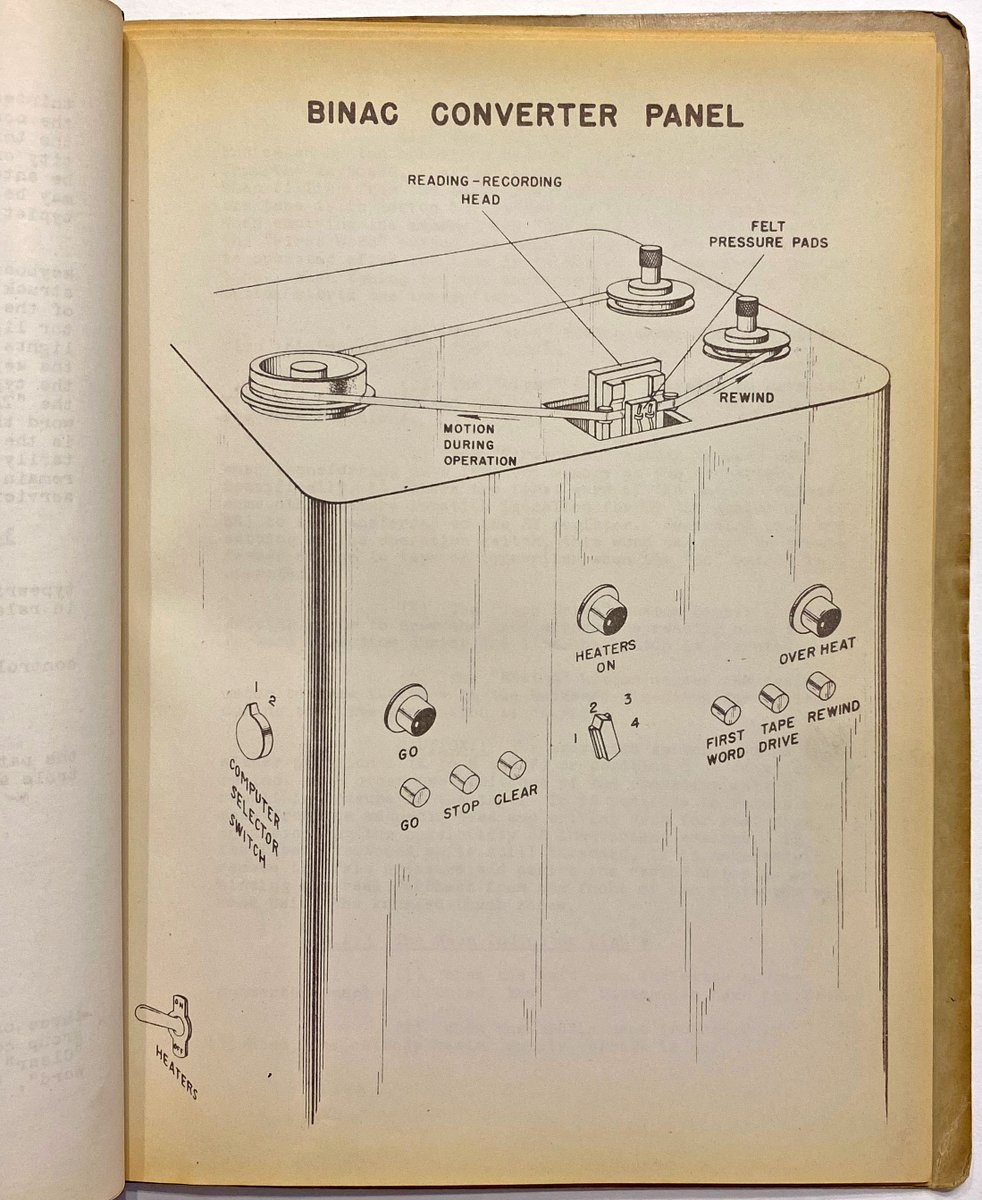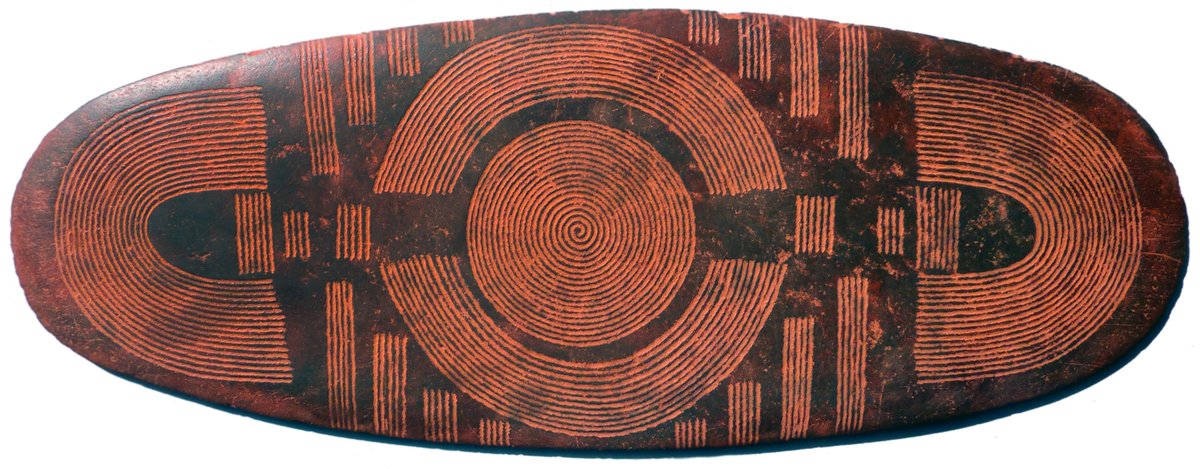
BREAKING RUNESTONE NEWS
The runestone shown in the middle foreground in this engraving from Ole Worm's 1643 Danicorum Monumentorum was buried and lost in the 18th century.
Roadworkers just accidentally found and dug it up ON WEDNESDAY MORNING THIS WEEK!
svt.se/nyheter/lokalt…
The runestone shown in the middle foreground in this engraving from Ole Worm's 1643 Danicorum Monumentorum was buried and lost in the 18th century.
Roadworkers just accidentally found and dug it up ON WEDNESDAY MORNING THIS WEEK!
svt.se/nyheter/lokalt…
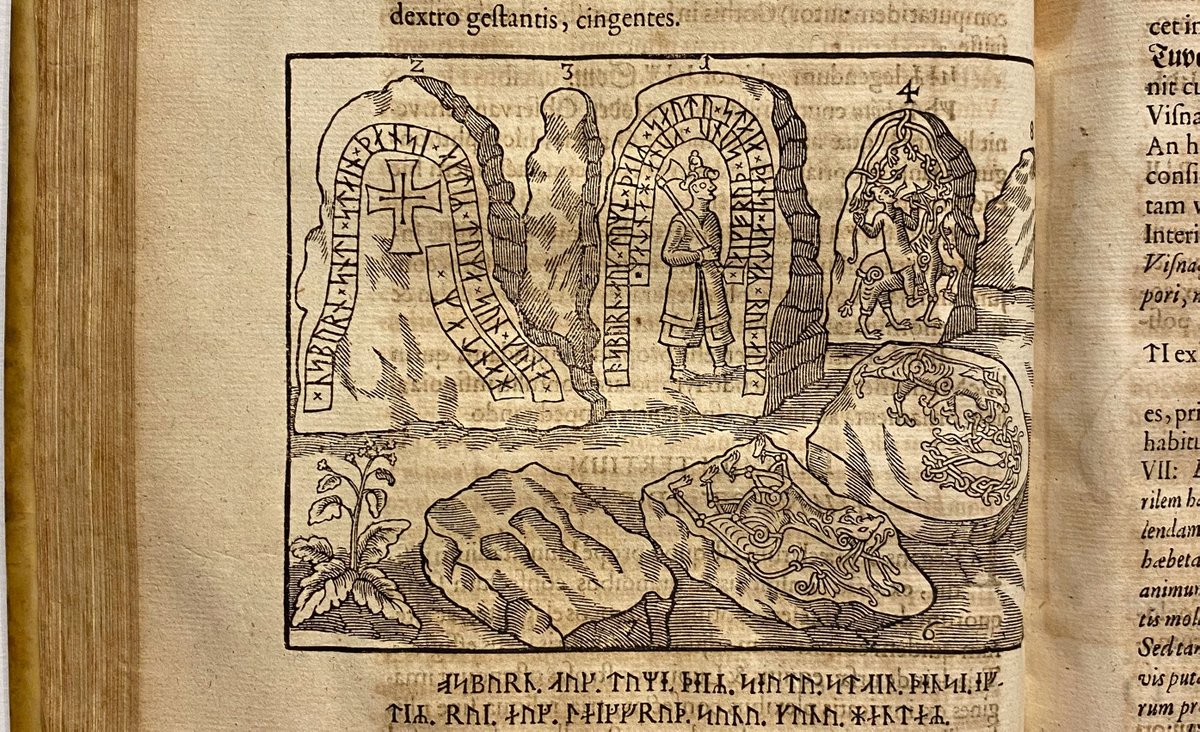
"On Wednesday morning, a sensational archaeological find was made during excavation work outside Ystad. One of the missing Hunnestadsstenarna was found after having been missing since the 18th century."
svt.se/nyheter/lokalt…
svt.se/nyheter/lokalt…
"A fantastic fun find, which you did not think would happen. This stone has been gone for so long that we thought it was destroyed", said Magnus Källström, runologist at the Swedish National Heritage Board. 

Here's the double page spread showing the Hunnestad runestones from Ole Worm's "Danicorum Monumentorum libri sex", printed in Copenhagen in 1643.
Link to the Wikipedia article on the Hunnestad Monument:
en.wikipedia.org/wiki/Hunnestad…
Link to the Wikipedia article on the Hunnestad Monument:
en.wikipedia.org/wiki/Hunnestad…
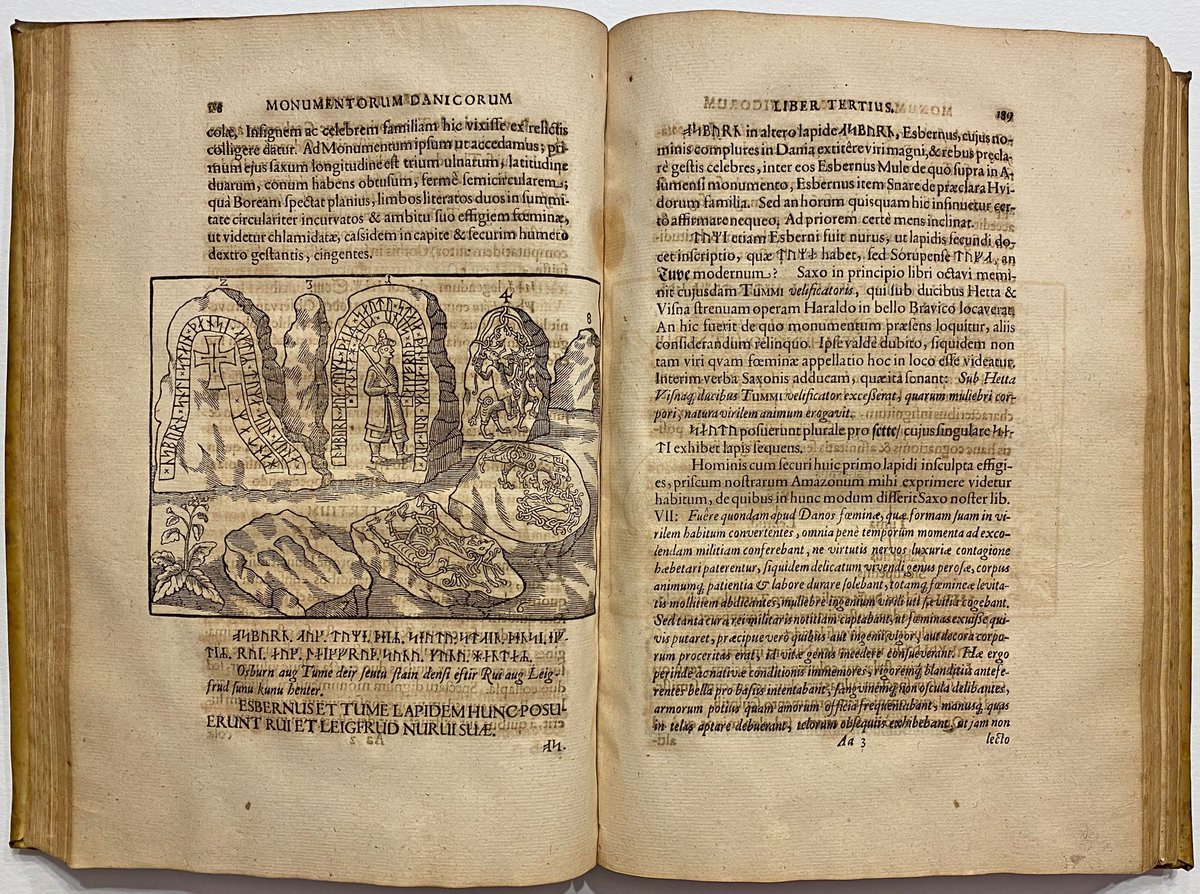
Here's some more background on Worm's "Danicorum Monumentorum".
https://twitter.com/incunabula/status/1338793730694918146
This is the Hunnestad runestone as found in situ on Wednesday morning. At right, a cropped closeup of the engraving from Ole Worm's 1643 book, cropped and rotated to show the image similarly orientated. 



• • •
Missing some Tweet in this thread? You can try to
force a refresh


